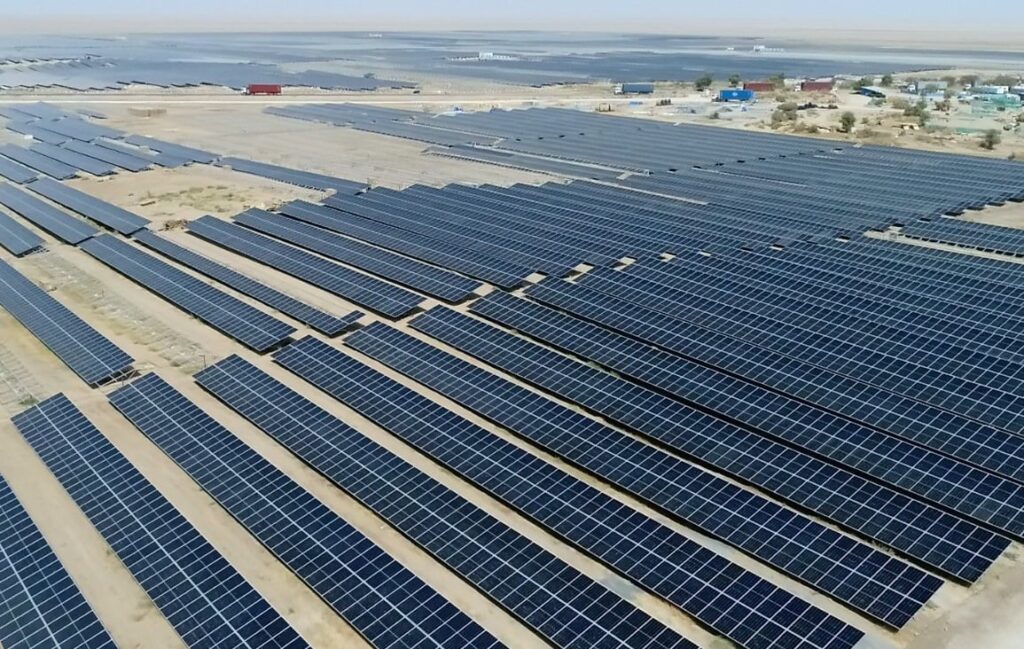
The World Bank has committed US$1.5 billion in financing to support India’s renewable energy transition, with the money going towards the production of green hydrogen and the development of new renewable power generation capacity.
The financing is the second such loan provided by the World Bank, and follows a similar US$1.5 billion investment made in June 2023. The first round of financing aimed to facilitate the launch of 50GW of renewable energy tenders annually, and while the second round is aimed predominantly on expanding India’s green hydrogen sector, the bank noted the money would help “stimulate finance for low-carbon energy investments”.
Try Premium for just $1
- Full premium access for the first month at only $1
- Converts to an annual rate after 30 days unless cancelled
- Cancel anytime during the trial period
Premium Benefits
- Expert industry analysis and interviews
- Digital access to PV Tech Power journal
- Exclusive event discounts
Or get the full Premium subscription right away
Or continue reading this article for free
“India has taken bold action to develop a domestic market for green hydrogen, underpinned by rapidly expanding renewable energy capacity,” said Aurélien Kruse, Xiaodong Wang and Surbhi Goyal, leaders of the World Bank’s financing operation. “The operation is helping in scaling up investments in green hydrogen and in renewable energy infrastructure.”
The funding for this project includes a US$1.46 billion loan from the International Bank for Reconstruction and Development (IBRD), plus a US$31.5 million credit facility from the International Development Association (IDA), the two component parts of the World Bank. The project aims to help India reduce its annual harmful emissions by 50 million tons.
Last week, the Solar Energy Corporation of India (SECI) announced a new tender for 400MW of wind-solar hybrid projects in India. This follows a similar tender for 1.2GW of interstate transmission system (ISTS)-connected capacity, launched in June, as the government looks to expand the contribution of renewable power to its energy mix.
A report from Ernst & Young ranked India the seventh-most attractive market for new renewable power projects in the world, with clean power currently making up around one-third of the country’s total installed energy capacity. In the 2023-24 financial year, however, renewable power accounted for more than 70% of new electricity generation capacity installed, suggesting that the waves of new clean power tenders are starting to rebalance the country’s energy mix.






